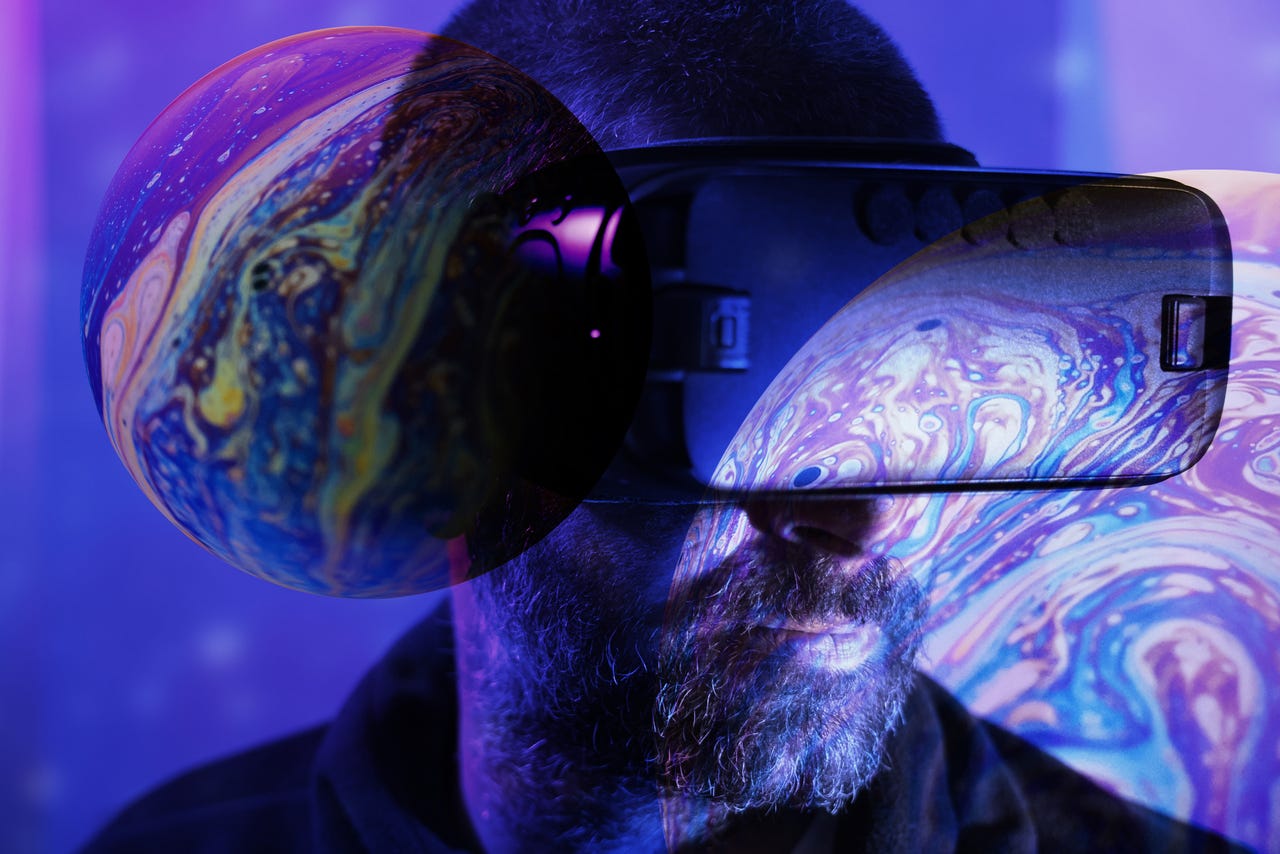The search for a 5G killer app that's 'bigger than connectivity'


The rise of 5G both inside and outside of enterprises may give rise to a million new ideas and concepts, breaking the current barriers of innovation. Imagine theme parks handing out augmented reality glasses for immersive experiences. Or wearing such headgear to explore a futuristic city.
These are just some of the ideas being explored by visionaries, entrepreneurs, and developers as 5G becomes entrenched within our enterprises and the wider world.
Also: As industry lauds 5G potential, businesses will need to justify investment
In pursuit of exploring this new frontier, several large tech and telecom companies have banded together to launch the 5G Open Innovation Lab, which seeks to support collaboration between startups, industry leaders, technical experts, and investors interested in 5G's potential. The effort is supported by AT&T, Comcast, Deloitte, Dell, Intel, Microsoft, and Nokia.
"The opportunity for developers to impact the potential of edge and 5G is fundamentally bigger than connectivity," according to Jim Brisimitzis, founder of the 5G Open Innovation Lab. "To realize this potential, we need a bold approach to experimenting, learning, and unleashing the transformational impact software is capable of."
Industry observers agree that 5G represents a new frontier of innovation -- which has only started to gain traction. "Innovations that can consume and take advantage of the increased bandwidth and responsiveness of new 5G networks have been hard to come by," says Dan Hays, PwC partner and telco expert. "With 5G standalone networks now growing in coverage, advanced capabilities such as network slicing and ultra-low latency are poised to finally become a reality."
Also: 5 technologies that will transform enterprises, according to Gartner
Emerging technologies such as AI also can be enhanced by the 5G revolution. "The enhanced wireless capabilities are arriving right on time as bandwidth-intensive generative AI technologies hit the mass market," Hays continues. "They look to take advantage of not only increased bandwidth, but also efficient computing architectures -- including edge computing and hybrid cloud -- to serve as the engine rooms of their applications. Together, the bandwidth, responsiveness, and reduced cost of these technologies open the doors to new applications and services, ranging from virtual fitting rooms to AI-assisted repairs for industrial equipment."
Slalom Element Labs is an example of a company that is working directly with Ericsson to develop new use cases for 5G in business settings. For example, employing augmented reality: "We have created immersive cityscape experiences that provide real-time visual rendering of data for demographics, transportation, ecological and geographic information allowing people to see existing places in new ways," says John Tomik, managing director of Slalom Element Labs. "The low latency and high performance of 5G makes the experience of seeing details in this way feel like you are living in a future world and for the first time allows the experience to feel human-like."
Another innovation supported by 5G may be interaction with digital humans, Tomik continues. "We see a night-and-day difference in making digital people more human-like when compute is done at the edge of a 5G network," he explains. "Gestures, response time and human interactivity all take on Hollywood film-like quality which allows for groups to innovate on experiences that typically were off limits for digital humans because they felt robotic."
Also: What Verizon's 5G latest upgrade news actually means for users
5G may also open up new avenues in city design and urban planning. "Think of a traffic light that can see an intersection and process data quickly, thanks to edge computing, while sending back useful information no matter where it's located, thanks to 5G," says Mark Varnas, database administrator and consultant with Red9. "The short and immediate effect is that there'll be no more needless waiting at traffic lights, but the long-term potential of a city that's data-driven in this way can have major effects on improving the way we live."
PwC's Hays provides an example of a 5G use case that pushes the boundaries of innovation: enhanced guest experience in theme parks. "Imagine an amusement park attendant wearing a set of augmented reality glasses while doing their job in the park," he illustrates. "Using the power of 5G, the glasses could be proactively scanning for guests who might be tired, hungry, or just plain important. When on-board facial recognition software being processed on a local edge computing network identifies a guest who may require attention -- say a cranky child on the verge of a meltdown -- it could match them with their importance level and prompt the attendant right in their field of vision to take an action -- perhaps offering a complementary ice cream -- to make the experience truly special."